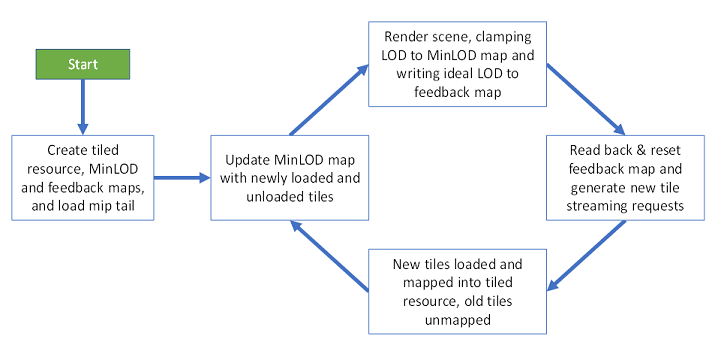Hmm... DLSS = FSR, in avarage costumer view. PC is not better in this term... Because Most games not have nativ 4K/60FPS, maybe on 2000$ system...
DLSS is widely accepted as superior to FSR and is certainly an advantage in most scenarios. You can essentially get equal or better image quality at a lower internal resolution, hence a fairly significant performance advantage when equalising image quality. That's why there is so much fuss over PSSR in the Pro.
And the bar for "better" doesn't start at 4k/60. If a game is running at 720p/60 with FSR on a console, then something like 1080p/60 with DLSS is already going to be a significant improvement, before you start to consider core graphics/RT improvements.


